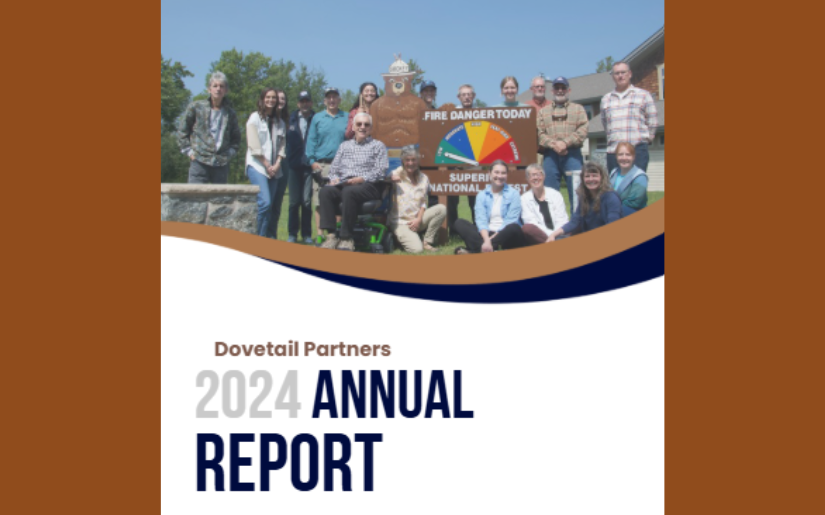In most businesses, leaders understand that “operations” is a process, and an individual’s role with respect to that process is generally clear. For example, it is typically understood when a vendor ships a load of product to a customer, whose responsibility it is to unload that product and what to do with it. It is rare these days that a product comes in and its storage is random. Additionally, in the production process people are quite comfortable with the fact that there is an agreed upon sequence of activities that occur to make a product. For example, (1) we do this, (2) then this, and (3) likely this. Again, it is not left to random chance as to who does what and when.
Unfortunately, the same cannot always be said for “marketing.” It seems many companies’ view of marketing ranges somewhere between alchemy and voodoo. As a result, marketing programs tend to be implemented randomly – we’ll try to sell our product to this company, or this person wants to buy from us – rather than following a clear and structured process that optimizes resources and maximizes the likelihood of success. Today, most companies do not have the resources to waste in haphazardly trying to grow their organizations. Careful planning and implementation are paramount.
In this report we discuss the basic principles of marketing and propose a process, The Wheel of Marketing, as a means of coordinating marketing activities to ensure success. In addition, we assume that those reading this article may struggle with coming up with new ideas, and that the first step is the hardest (i.e., If I want to do something different, how do I begin?). The Wheel of Marketing process intends to help a company start with what they already know to create effective new approaches.
- Lead AuthorHowe
- DateSeptember 2010
- CategoryBusiness Development
- Project FileDownload

.png)
.png)



